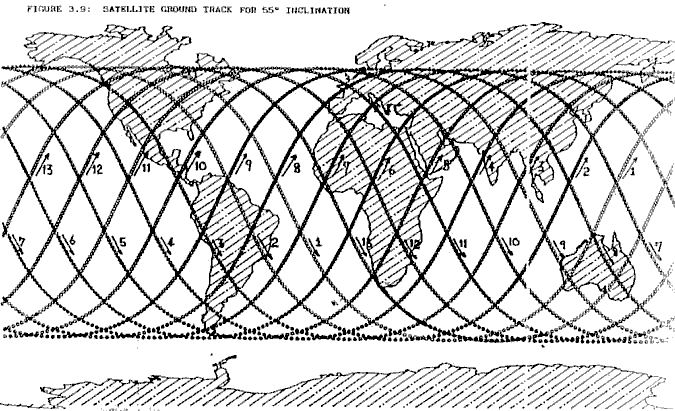SWAG TIME
Let's see 4,425 over five years. That's 885 per year and about 17 per week. Let us "assume" that they will put up 34 per shot. Maybe. And "assume" $100M per launch. That's what, about $13B just for launch? At least double (or triple) that for the costs of the satellites, and gosh knows how much more for the ground stations.
Let's be outlandishly charitable and "assume" the system can be built out for $25B. And essentially no revenue will come in until complete, or very nearly complete.
Let's cough and say they get a million customers. $25,000 per customer to recover. Even if it were a fifth of that, it seems unreasonable. Ten million customers? Well, maybe we're getting the total per revenue unit down. But it sure seems it'll be an EXPENSIVE service.
I would have to "assume" that since they have the go ahead to proceed, someone has figured it does not present a hazard.
SpaceX will be using their own reusable rockets, making the costs much less than conventional "throwaway" launch systems. And since SpaceX owns both the launch system and the satellites, I suspect their costs will also be considerably less than their competitor's costs. I imagine Musk is smart enough to place the initial orbits over the highest population areas first so revenue can be generated as soon as reliable coverage of those areas is in place along with the ground support systems. SpaceX is one of the most valuable privately held companies in the world, and they have a steady stream of launch customers now, averaging about one launch per month. If their new heavy launch rocket stays on track, by next year, they'll be delivering much larger payloads per launch.


